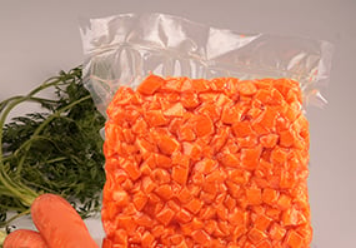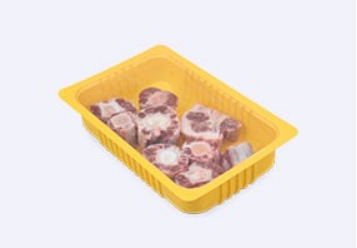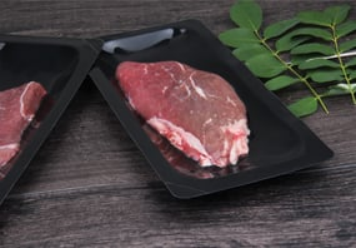- WhatsApp: +86 13606526028
- Email: contact@utien.com
Are you tired of your food going bad before its expiration date? Look no further than vacuum packaging! This method of preserving food has been gaining popularity in recent years, but how does it compare to other packaging methods such as shrink wrapping or modified atmosphere packaging? In this post, we'll explore the ins and outs of vacuum packaging, including the different types of machines available and how they work. By the end of this comparison, you'll have a clear understanding of why vacuum packaging may be the best option for keeping your food fresh for longer.

Vacuum packaging is a method of packaging in which the air is removed from a package before it is sealed. This process helps to extend the shelf life of various products, including food, electronics, and medical supplies. By removing the air, the growth of bacteria and other microorganisms is slowed down, thereby reducing the risk of spoilage or contamination. Vacuum packaging is often used in commercial settings, but it is also becoming increasingly popular among consumers who want to preserve their food at home.
A vacuum packaging machine works by removing the air from a package using a pump or compressor. The product is placed inside a special bag made of materials such as polyethylene or nylon, which is then sealed using a heat sealer. Once the bag is sealed, the machine removes the air from inside the bag, creating a vacuum. The pressure inside the bag is reduced, which helps to preserve the contents for a longer period of time.
Shrink wrapping is another popular method of packaging that involves wrapping a product in a plastic film, which is then shrunk to fit tightly around the product using heat. While both vacuum packaging and shrink wrapping can help to preserve products, there are some key differences between the two methods. Vacuum packaging is better suited for products that are sensitive to air or moisture, as it removes the air from inside the package. Shrink wrapping, on the other hand, is better suited for products that require a tight seal to prevent contamination or damage during shipping.
Modified atmosphere packaging (MAP) is a method of packaging in which the atmosphere inside the package is modified to slow down the growth of bacteria and other microorganisms. This is done by replacing the air inside the package with a mixture of gases, such as carbon dioxide and nitrogen. While both vacuum packaging and MAP can help to extend the shelf life of products, there are some key differences between the two methods. Vacuum packaging removes the air from inside the package, whereas MAP replaces the air with a different mixture of gases. MAP is typically used for products that are highly perishable, such as fresh produce or meat, while vacuum packaging is more commonly used for a wide range of products.

Skin packaging is a method of packaging in which a product is placed on a tray and covered with a plastic film. The film is then heated, causing it to conform to the shape of the product and create a tight seal. While both vacuum packaging and skin packaging can help to preserve products, there are some key differences between the two methods. Skin packaging is better suited for products that require a more secure seal, such as meat or seafood, while vacuum packaging is better suited for products that are sensitive to air or moisture.

There are several types of vacuum packaging machines available in the market, each with its own unique features and capabilities. Some of the most common types include chamber vacuum sealers, external suction vacuum sealers, and handheld vacuum sealers. Chamber vacuum sealers are ideal for high-volume production and are capable of sealing large items, while external suction vacuum sealers are more affordable and better suited for smaller items. Handheld vacuum sealers are portable and easy to use, making them ideal for home use. It's important to choose a vacuum packaging machine that is well-suited for your specific needs and budget.
Still have questions about vacuum packaging? Contact our team of experts to learn more about how this method can benefit your business.
By continuing to use the site you agree to our privacy policy Terms and Conditions.